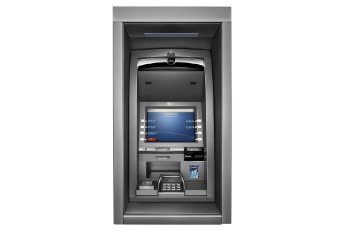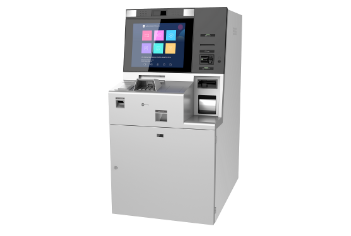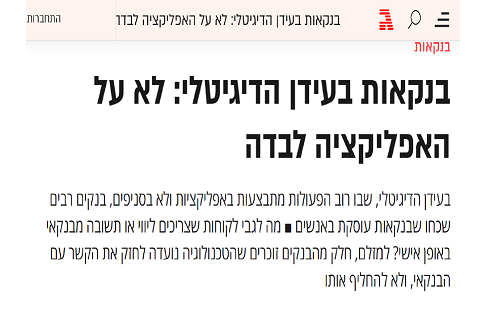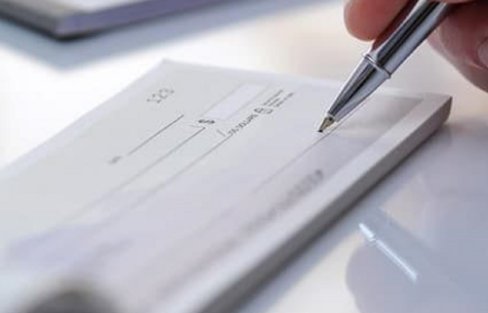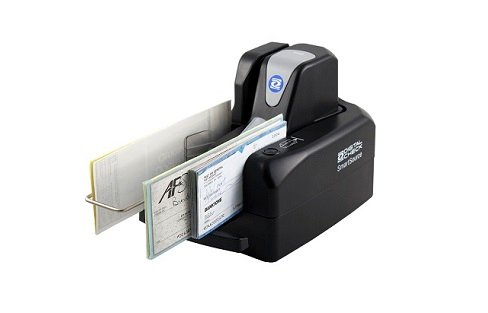
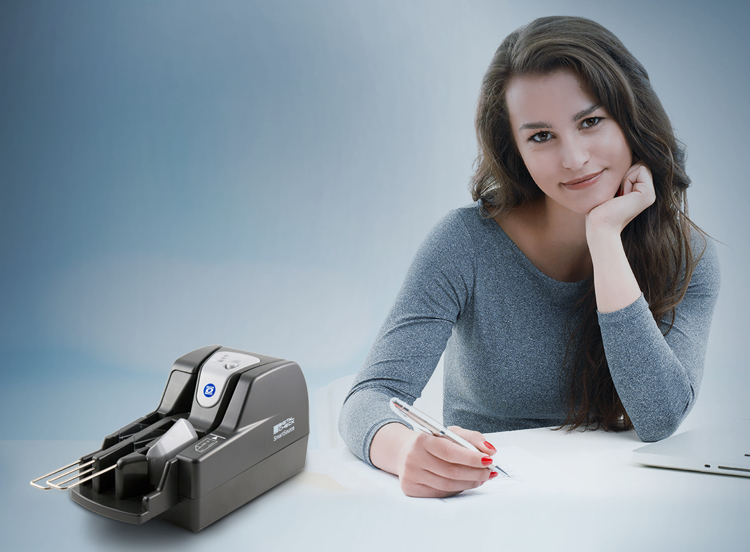
Banking in the digital age
Banking in the digital age
“Banking in the Digital Age
In the digital age, where most of the operations are done in apps and not in branches, many banks have forgotten that banking deals with people
What about customers who need a personal banker escort or response? Fortunately, some banks remember that the technology is designed to strengthen the relationship with the banker, and not replace it.
The banking world has undergone a major technological change in recent years. Most banks have already transferred a great deal of their operations to digital platforms, allowing the customer to do almost any self-service operation, on-site or in-app, thus saving a lot of time to in-branch activities.
The transfer to the digital sphere has undoubtedly made the lives of many customers easier. At the same time, it also has a price. Before the digital age, bank customers - and especially variable-income clients or in periods of change, often relied on personal contact with the banker. If a problem arose, if money was delayed from getting into the account, and as the debt grew, these could have picked up by a phone call to their banker at the branch, who knows them, their current account status and financial history, and could find a convenient solution together. Today, in such situations, they will find it hard to find someone in the bank to discuss any problems with.
A telephone banker is not a lifeline
Today, most banking operations are done by clients' self-service kiosks. The transfer of many basic actions to automatic machines is available fot years now, and bank customers are asked to manage their account independently, on site or in the app, including loan applications, bills payment, deposit management and more.
But what happens when a customer wants to do more complicated or sophisticated actions? What happens when a customer feels the need to talk to their banker, to clarify its situation? For example, explain that funds are due in the coming days? In such cases, in most major banks today, the customer has to be very patient and is waiting longer than usual.
This is because most banks no longer allow communication with the personal banker. As a direct-to-branch phone replacement, customers have to use major service centers at their disposal. On the other side of the line sits a banker, but not the regular banker from the branch, who used to receive direct calls from the client, but a random representative who is unfamiliar with the client, its personal needs or its business.
The same phone banker does not know if this is a recurring or one-time problem, for example, how similar situations have been resolved in the past, or even to what extent the customer usually meets its obligations to the bank. In order to understand the history of that accountant, the banker must learn it all over again from the beginning. This is not something that can be done in one short phone call.
Digital means are not a substitute for a banker
There are actually two different approaches to digital banking. The former holds that the world is shifting to digital, and habits are changing fast.
According to this approach, in a few years people will no longer approach the branches, if they still do, and will not know their bankers.
Apps, bots, and other technological means will replace human banking.
The second approach holds that, all in all, banking is about people, and that there is no substitute for human interaction with the professional banker in this field.
An approach that says that what really matters is not a substitute for humanity. According to this approach, advanced technology must be used to implemet sophisticated digital means to simplify customer-banker interaction, rather than minimize the communication between them. So, if a customer wants to explain or request something from his or her branch, they may do it at their convenience.
In practice, there is no reason for the digital revolution in banking to come at the expense of the customer. Banks need to understand that technology like telephone, SMS and e-mail are excellent tools that can enable direct communication with the banker at the branch, which is sometimes of critical importance.
Digital banking undoubtedly saves time and makes life easier for many customers. However, as most bank account holders in Israel know, banking is a trust-based trade, and there is no substitute for an attentive ear from a banker who knows the customer and is willing to help it. The quick transition to digital seems to be a common truth from some banks whose customers can no longer pick up a phone to its branch for updating or troubleshooting, and the quality of service they receive may be compromised.
Some banks are already using technological means to strengthen the client-bank relationship, for example, allowing them to correspond directly with the personal banker in an email.
Some, unfortunately, charge an additional monthly fee from their customers.
The banks are also closing dozens of regular branches around the country - and at the same time are opening digital design branches instead of them, which their benefits to the client are still unclear.
Against the backdrop of this digital turmoil, which holds the banks in the country, the banks stand out who actually utilize the same digital and innovation measures and enable their clients to communicate directly with their personal banker and branch staff quickly and securely.
Mizrahi Tefahot is one of these banks and in this way, through technological advances, the relationship with the banker is maintained, and even becomes more accessible and convenient.
Here lies, probably, the future of banking in the digital age: advanced technological tools, along with immediate contact with the banker when needed.
Only so, those who enjoy the new era of banking, will be the customers themselves.
Video Teller Machine - VTM, is a real digital bank "" solution that uses video technology to integrate the benefits of direct self-service, providing a banking experience for all types of population, especially for end-users who have difficulty using high-tech solutions. This technology allows for a combination of self-service and human teller service.
Products related to this article
News & articles
-
{{item.name}} {{item.details}}
basketside.noitemesfound



